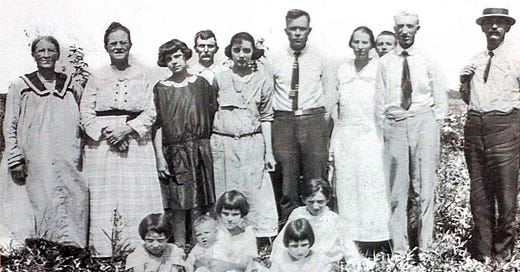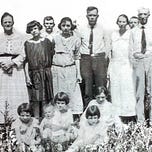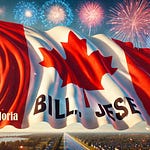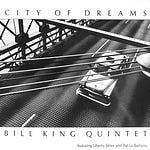Ah, Americana—where the asphalt hums with the rhythm of the road, and sunsets stretch wide like a steel guitar’s lament. It’s the soft twang of a Telecaster cutting through the still air of a small-town bar, neon lights flickering like fireflies. The essence of a place where music is not just a backdrop, but the lifeblood coursing through the veins of every diner jukebox, every Sunday morning gospel choir, every windblown troubadour hitchhiking west on Route 66.
Let’s weave in some sepia tones, where every memory crackles like vinyl grooves. Think of an Appalachian fiddle crying alongside a bluesy harmonica, echoes of a lost union rally still haunting the hills. It's the kind of Americana where the songs tell stories—stories of factory towns gone quiet, of love letters penned under the swelter of a southern sky, of resilience in the face of a relentless march forward.
This is where the music lives: in the syncopated shuffle of train tracks, the gospel shouts of a tent revival, and the smoky haze of a Delta juke joint at midnight. It’s the birthplace of Springsteen’s anthems, Cash’s confessions, and Guthrie’s gruff poetry. A patchwork quilt of stories stitched with melodies older than the Mississippi.
Here, the spirit is raw and unpolished, like a barn dance under a harvest moon, where the banjo player’s grin is as bright as the stars above. It’s all heart. All humanity. Americana is the place you return to when you need to feel something real—when you want to hear not just the music, but the people behind it, working their lives into every note.
Feeling it? Let’s plug in that acoustic, tune the strings, and let the heartland sing through you. Americana isn't a genre—it's a promise, a handshake, a love letter to everything that ever made you stop and listen.
Americana through the lens—a dance of light, shadow, and untamed spirit. The click of the shutter feels like the downbeat of a drum, capturing the rhythms of a nation on the move. It’s a gaze held still in the chaos of motion: the worn soles of a hitchhiker's boots on a dusty highway, the cracked facade of a gas station frozen in a golden hour glow, the way a neon "Vacancy" sign flickers like Morse code in the night.
The photograph isn’t just a still—it’s a song. Each frame holds a melody, a story wrapped in texture and tone. A black-and-white shot of a sharecropper’s hands, calloused and purposeful, feels like a Delta blues riff bending under the weight of memory. A long exposure of headlights streaming down a backcountry road is a jazz improvisation—fluid, uncharted, free.
You find Americana in the reflections on a chrome diner jukebox, where Roy Orbison's croon still lingers like perfume in the air. It’s in the ghostly outline of a billboard faded by decades of southern sun, its message long forgotten, but its presence defiant. It’s in the way kids splash barefoot in the town square fountain, while elders sit on benches. Their lives are deep in the lines of their faces—living postcards of history.
The frame pulls you into small-town carnivals, where the Ferris wheel lights create halos of colour, spinning like dreams. It lingers on the rusting trucks in overgrown fields, their paint peeling in perfect harmony with the silence around them. The beauty isn’t curated—it’s accidental, raw, the kind that makes you stop and breathe, makes you feel something primal and unsaid.
Through the lens, Americana becomes a hymn. The horizon stretches wide like an unfinished thought, inviting you to chase it. A lone church steeple reaches skyward, framed against thunderclouds, and it feels like the closing note of a gospel song. This is the America you can touch, where the scent of pine mingles with diesel fumes, and every shadow tells a story.
You click the shutter and hold time still, not to preserve, but to amplify. Every photo hums with its own tune, a whisper of a world caught in transition—its flaws, its grace, its endless yearning. This is the Americana you capture, and somehow, it captures you back.











Share this post